I love hearing from readers who think their room is the special snowflake – you know, where my decorating advice simply won’t work – and then finding a solution for them. 😉
Sometimes we are simply too used to our own spaces, and it’s hard to envision another way to decorate. Here are two magical lighting solutions for creating atmosphere in these reader-submitted kitchens.
But, Maria, my ceiling light is too bright…
On last week’s post on lighting trends, I received this comment:
I have a clear glass bubble light in our dining area which I LOVE. However, I put in clear Edison style bulbs and they kill my eyes – I keep it dimmed which drives my husband crazy. Your comment above is so right! Can you give a good bulb alternative? With a clear bubble shade I’m not sure a plain frosted bulb would look right.
Someone else wondered how painful it would be to continually change the light bulbs in a bubble light.
On my Instagram stories, I commented that I essentially have the same kind of light with many bulbs but that my chandelier was more decorative than anything else. The only time it’s on, is if we have a project all laid out on the dining table.
For dinner parties, I have my wall sconces and buffet lamps including candles so they are NEVER on then.
I also received a few comments from followers who said, “That might work in a dining room, but certainly not in my kitchen dining area!”
So, I’m here to share two magical ways to add atmosphere to your kitchen dining area.
the dining area I styled in my sister’s kitchen
Kitchen lighting alternatives to the overhead light
I asked two of my followers to send me photos to see if I could help kill the overhead light.
Here’s the first one. Not much room below the artwork but I think we could fit a skinny 12″ console. Or if you really don’t have room, a skinny candlestick lamp could go in the corner beside the artwork. I installed one in my sister’s kitchen dining area above.
But look, there’s room for a console table here. Also, this follower already has a little lamp on the countertop which is great. But if we are going to decorate this area now and take it to the next level, I think we can do better.
The builder chandelier has to go. And, believe me, I get it. Lighting is hard to choose, so to make it easier. Don’t forget about the drum shade chandelier.
Truly, it should be the builder light fixture because it goes with any style dining room. Obviously you can choose looks that are more modern vs. traditional but the basic drum shade chandelier is pretty versatile.
And, you’ll get a pretty glow from it as well, which immediately gives you way more atmosphere than the bright, builder-light fixture in the image above.
White/wood console table | Drum shade chandelier | Green lamps | Green pleated shade |
This console is 12 inches, but the lamp shades are 14″. That’s fine, you’re not going to have the console table butted up directly beside the wall anyway. Suddenly the green lamps make the artwork look a lot better. And the shelves could have additional decor like cookbooks, baskets for random items, etc.
Also, I just talked about pleated lampshades in last weeks post so I couldn’t resist adding one with a light green lampshade to the countertop. Almost all greens go together after all.
Here’s the next one.
Okay there is no excuse for this kitchen dining area to be missing a sideboard or buffet table, there’s plenty of room. And I’m assuming she has recessed lighting since I don’t see any hanging chandeliers.
All the more reason for two table lamps to be added ASAP.
I found the blue sideboard (which also comes in cream) perfect for a kitchen dining area. And I chose two lamps that were also distressed to coordinate with the dining set.
Sure, we could have a clock sitting in between two lamps but art always looks better, so I chose this coastal-themed piece.
Blue Sideboard | Table lamp | Coastal art
If you really don’t have room for even a skinny console table in your kitchen eating area, you could install sconce lights with plug ins (that’s the search term by the way).
Then I asked for more photos on my Instagram stories on Sunday because the first two were too easy. And I received this photo where the kitchen dining area truly is tiny. She said she took this photo standing in her living room. No room for lamps.
Since the yellow cast in here was so predominant, I decided to add orange to the colour scheme.
If you don’t have room for standing lamps or table lamps on a buffet then your dining room chandelier needs to be more important. This one is from West Elm but they have lots of really great options similar to this one.
Also, give your chairs some room to breathe. They don’t need to be jammed up against your dining room table! Pull them out about 4-5 inches.
If your room is this small, then we need wall sconces. Preferably hard wired but we can plug them in too.
Orange wishbone chair | Wall light
And yes it’s true I don’t like grommet curtains but I did this is so you get the idea. My photoshopping skills need help 🙂
Do we really need lamps in this room?
What about if you don’t need more storage or lighting. I do like the up light behind the lamps!
Do you still need a sideboard or buffet my next follower inquired (below):
And the answer is YES.
Ever seen a large primary bedroom in a mansion with a lonely bed sitting in it?
If there’s room for a living room area in that bedroom and it’s technically not needed, should they still have a sofa and two chairs in there?
Absolutely yes.
If you want your home to look well decorated, it needs furniture.
That’s really the bottom line. If you’re committed to having a beautifully decorated home, and the space that is empty would look better with furniture there and lighting, whether you ever turn them on (and hello? Why wouldn’t you turn your lamps on 🙂 then the answer is, yes.
One more tip. If you have really high ceilings, you need lighting that’s more vertical. Like this pretty chandelier with shades that softly glow.
Skip the these lights
But please take note. At all costs, avoid the torchiere lamp. It illuminates the ceiling and adds zero atmosphere.
Also, the second lamp to avoid unless you already have lots of lamps with white shades is the opaque shaded lamp (top right) because it doesn’t create a pretty GLOW. They just add more spotlights to the room, which is almost the same as recessed lights, they’re just lower. That’s not the style of lighting that will create atmosphere in your home at night.
The third is the bare bulb/edison light (bottom right). While there are also many light fixtures with this light bulb that are pretty, in the end, they hurt your eyes and cast odd shadows all over the room.
None of these aforementioned lights glow in the evening, nor do they create atmosphere.
Take note my lovelies, when you have enough lamps in your home, you can NEVER and I mean NEVER go back.
I recently had a client who said she was in a friend’s home who ONLY had recessed lighting and she really noticed how much it affected her eyes. She’s used to lamps now because I’ve placed them everywhere in her home. Another client of mine arrived in their second home in Mexico and the husband immediately said, “We need to buy some lamps” because they were used to the ones I’d placed in their home.
Related posts:
5 Lamps Everyone Should Have in their Home
3 Ways to add More Light to Your Home
A Townhouse in Finland Makes Tuscan Look Fresh; Before & After

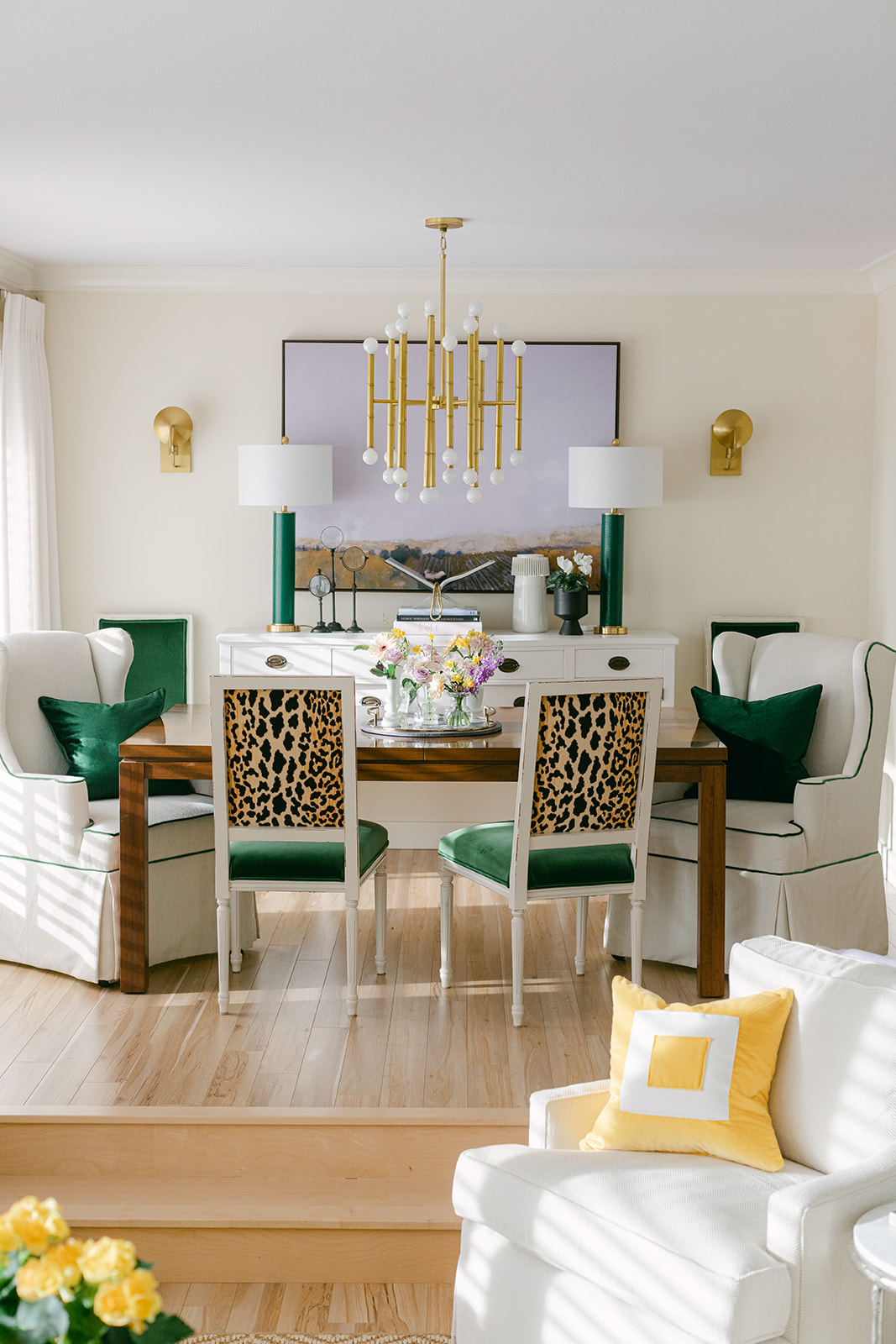
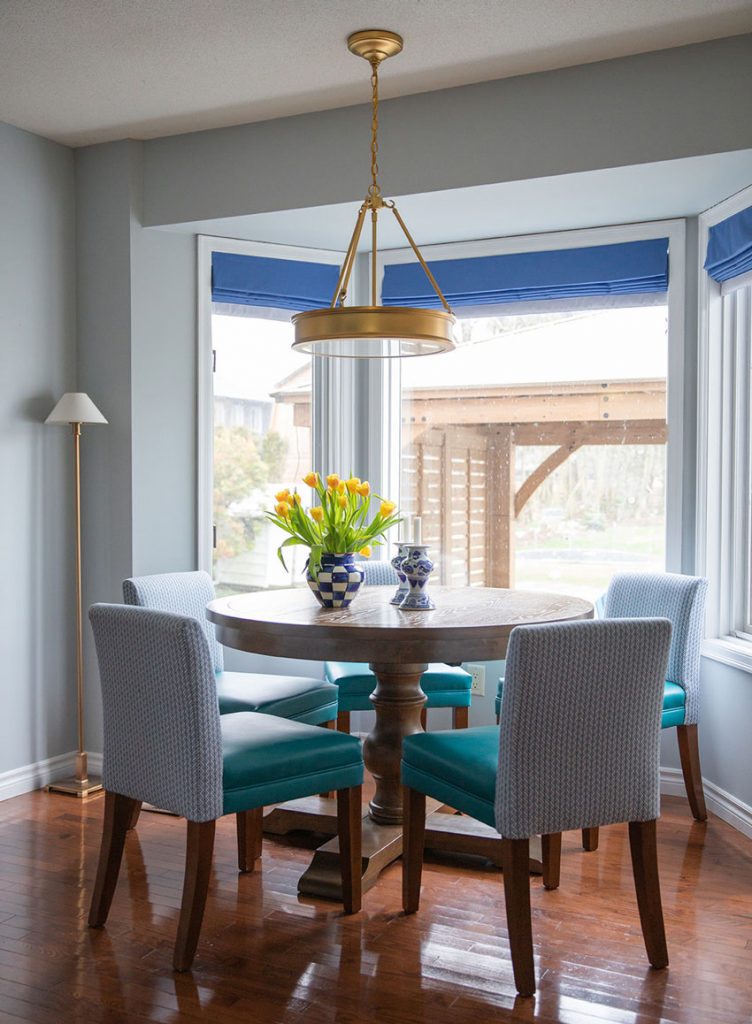
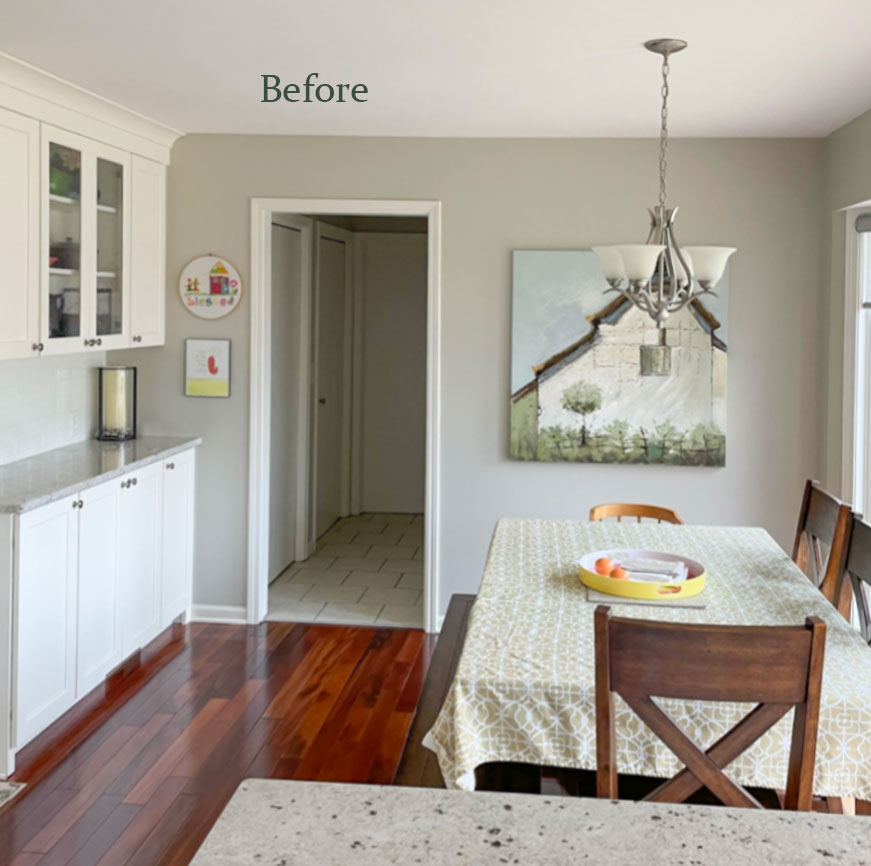
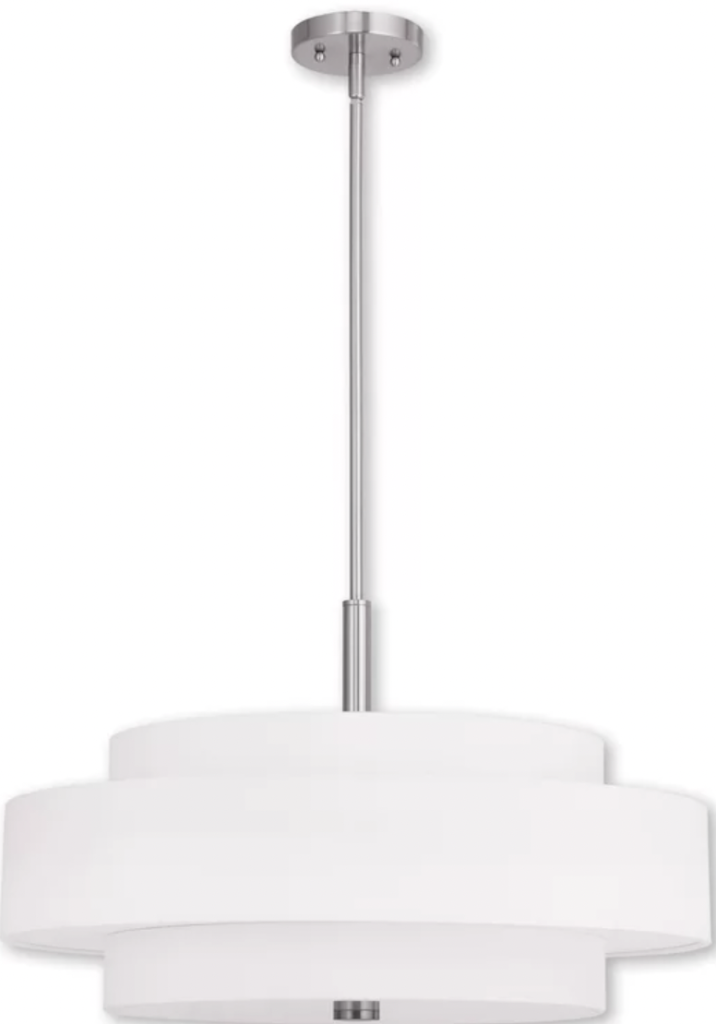
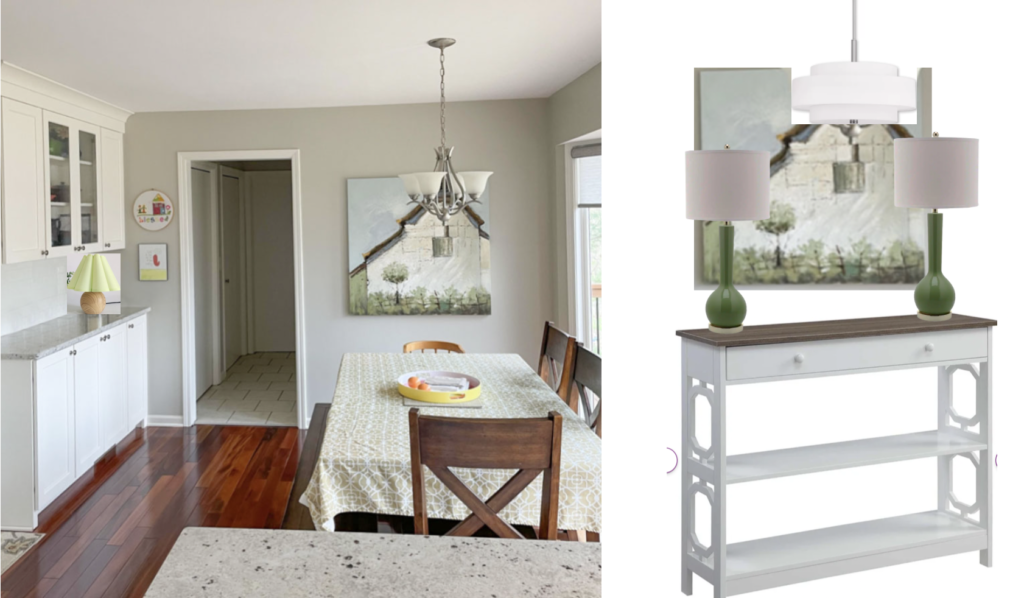
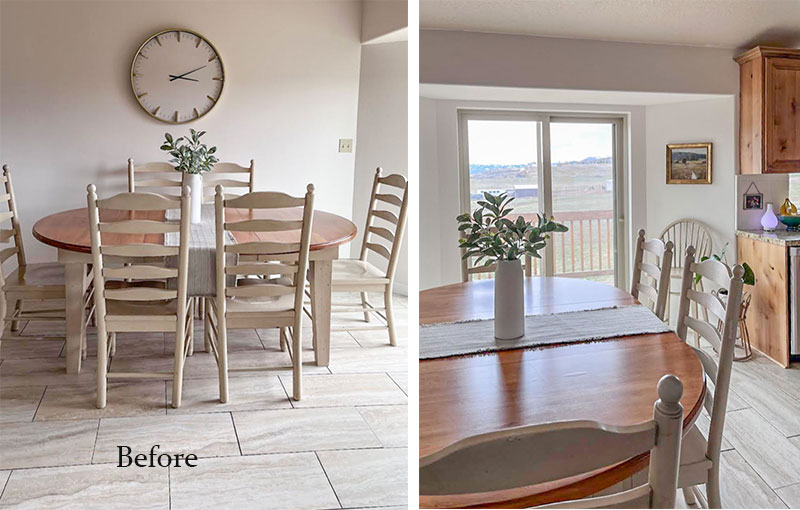
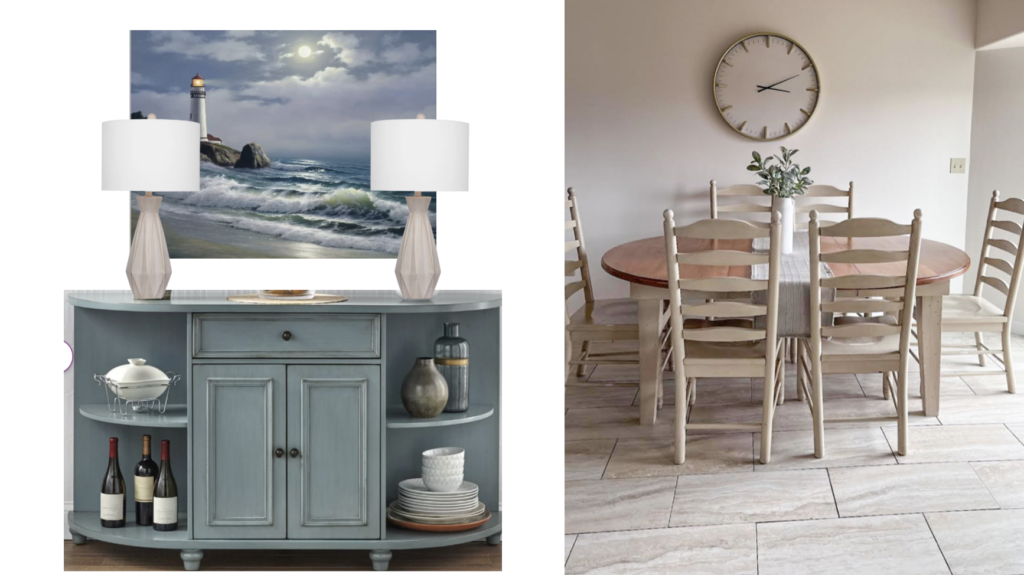
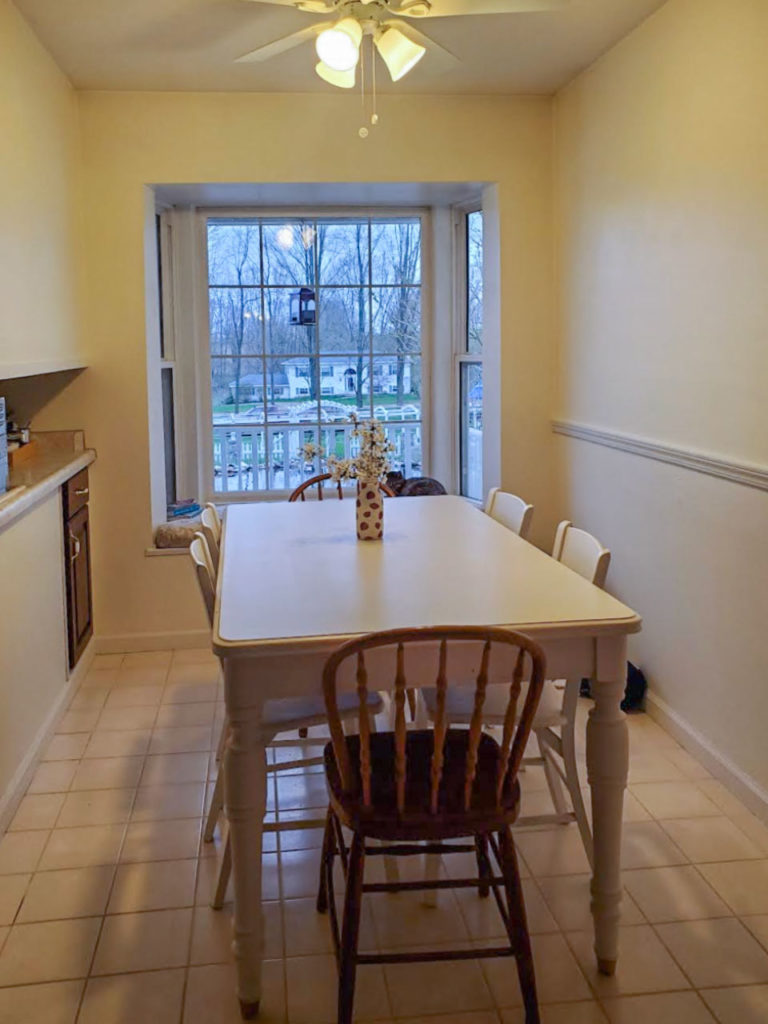

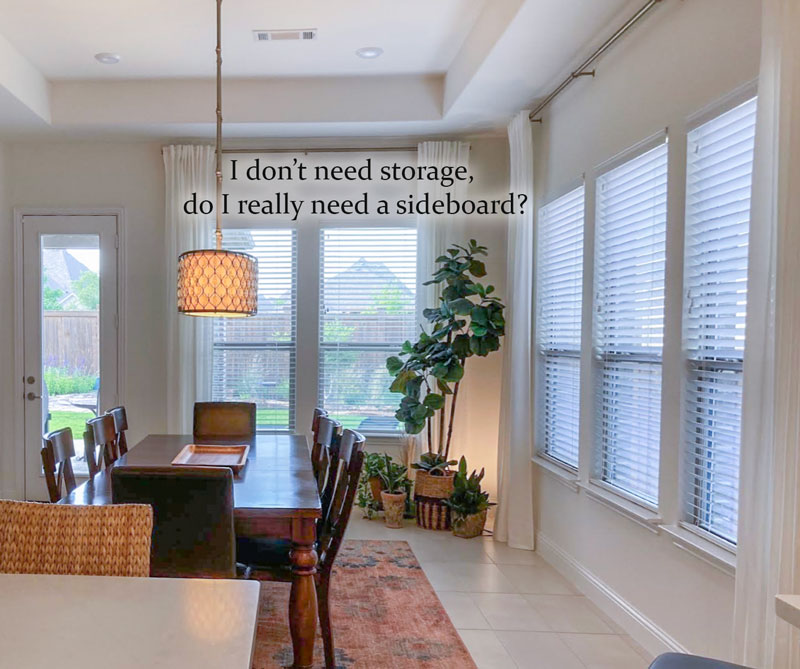

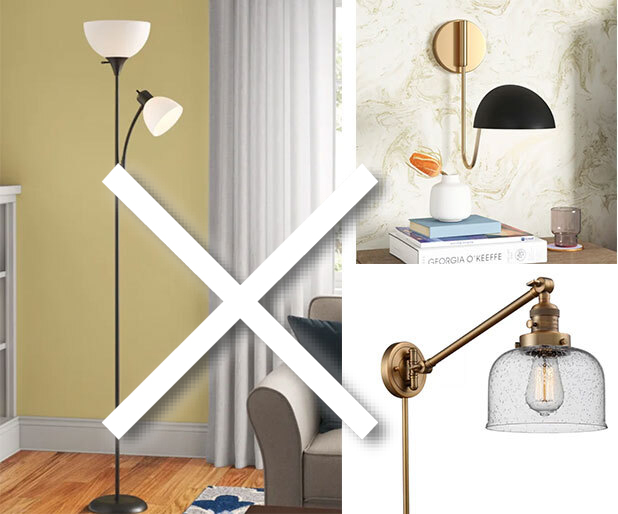
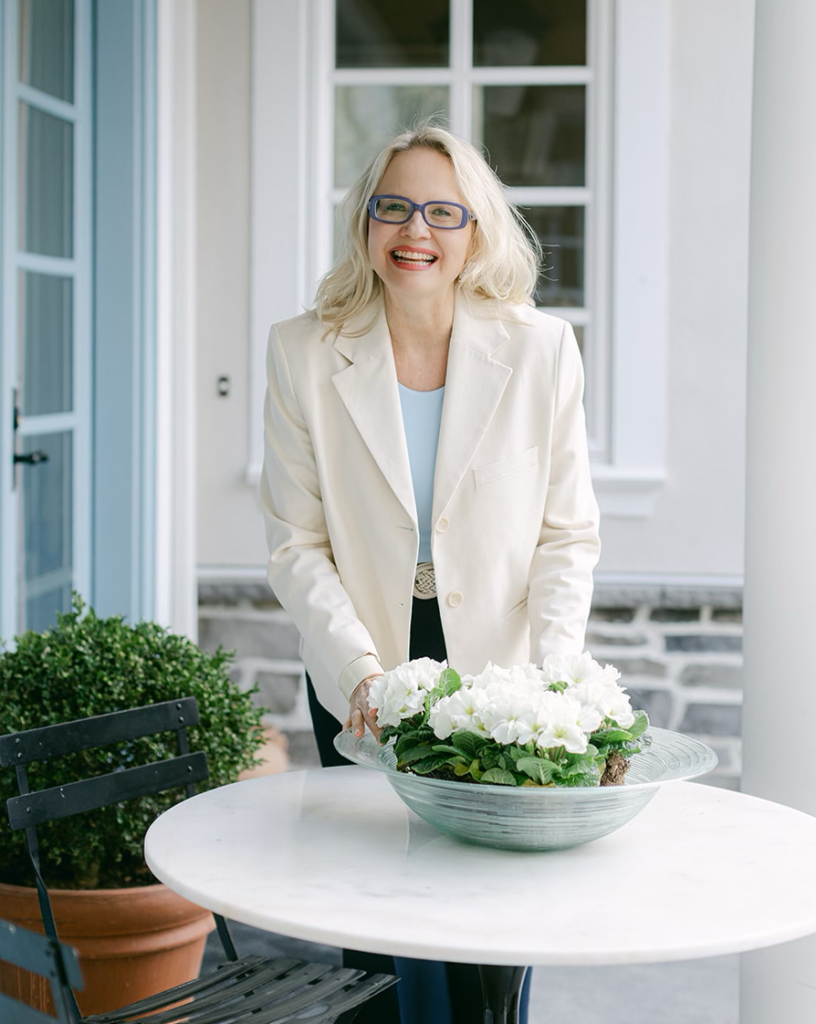



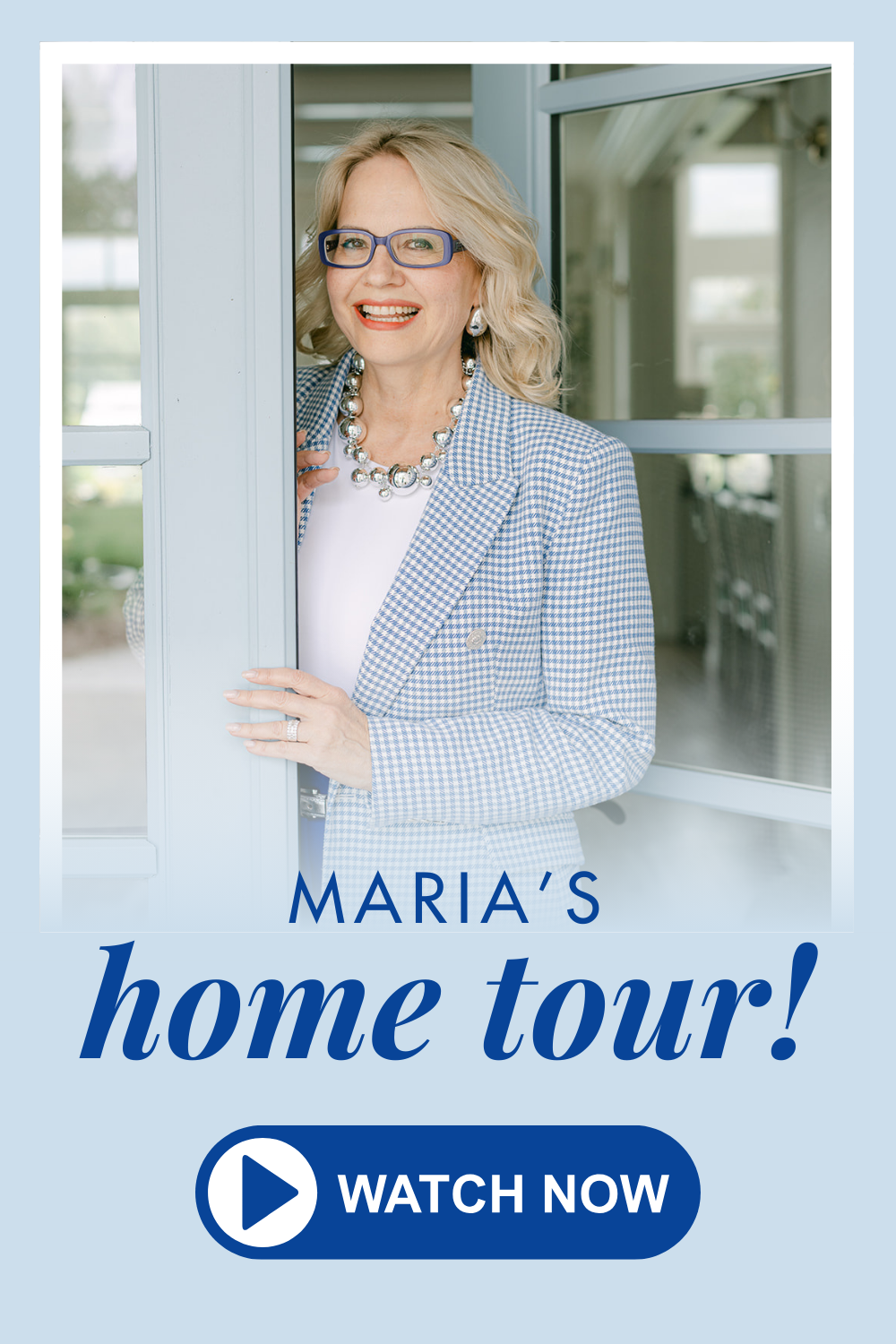
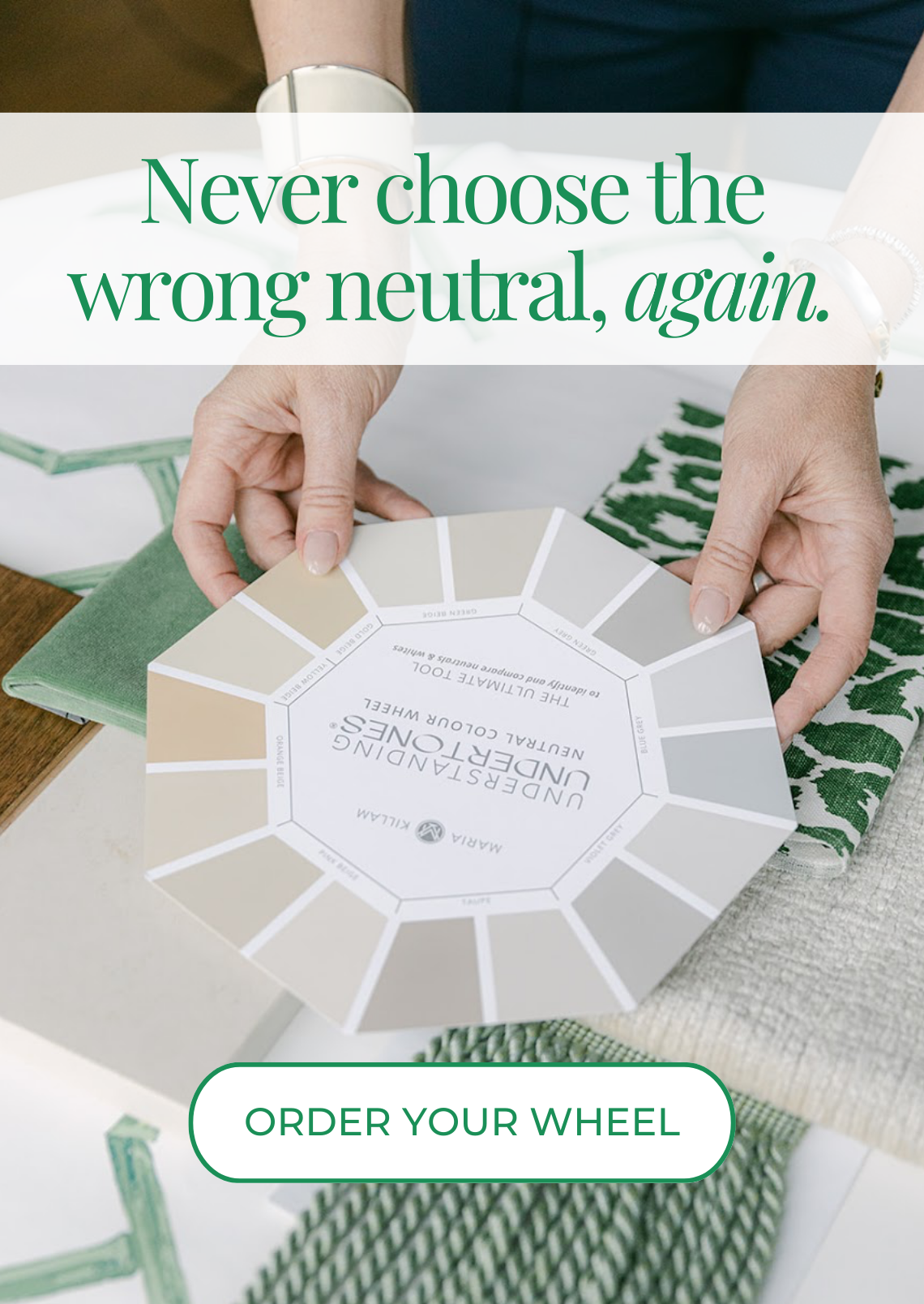

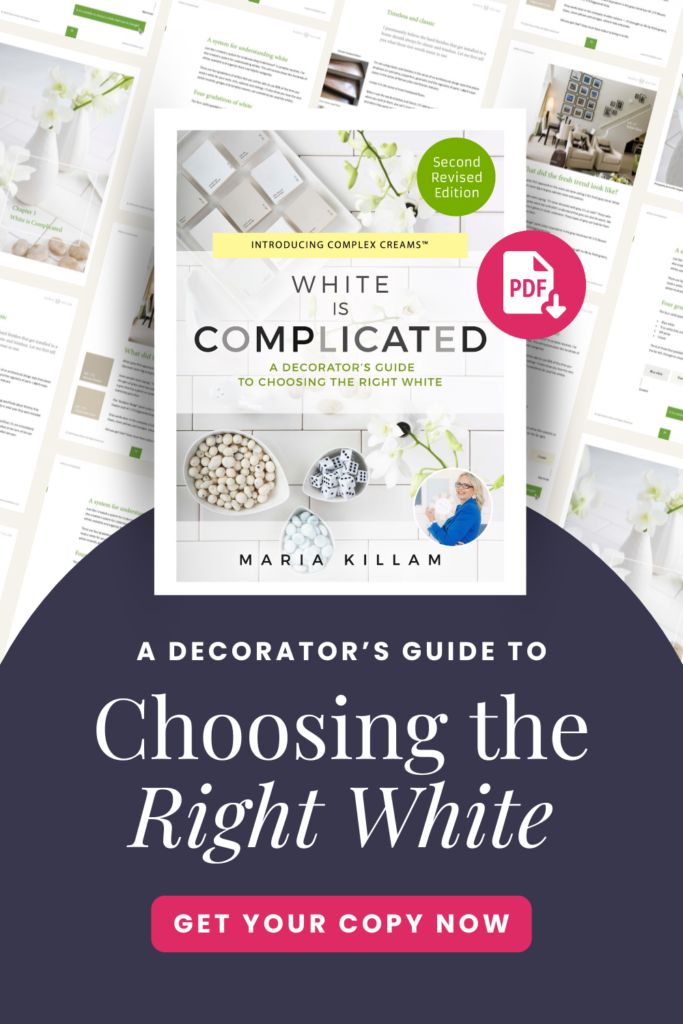

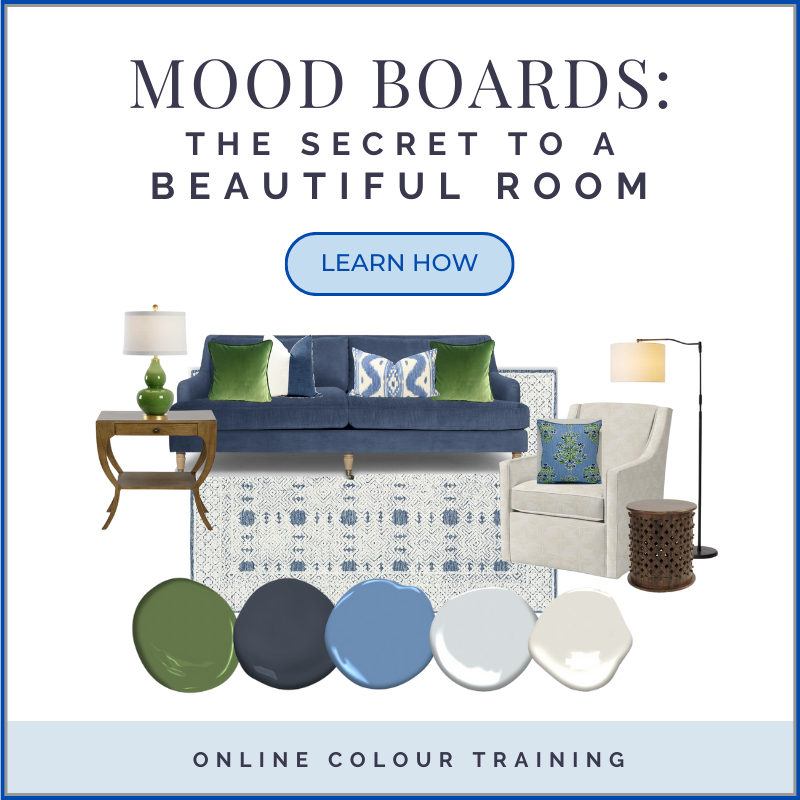
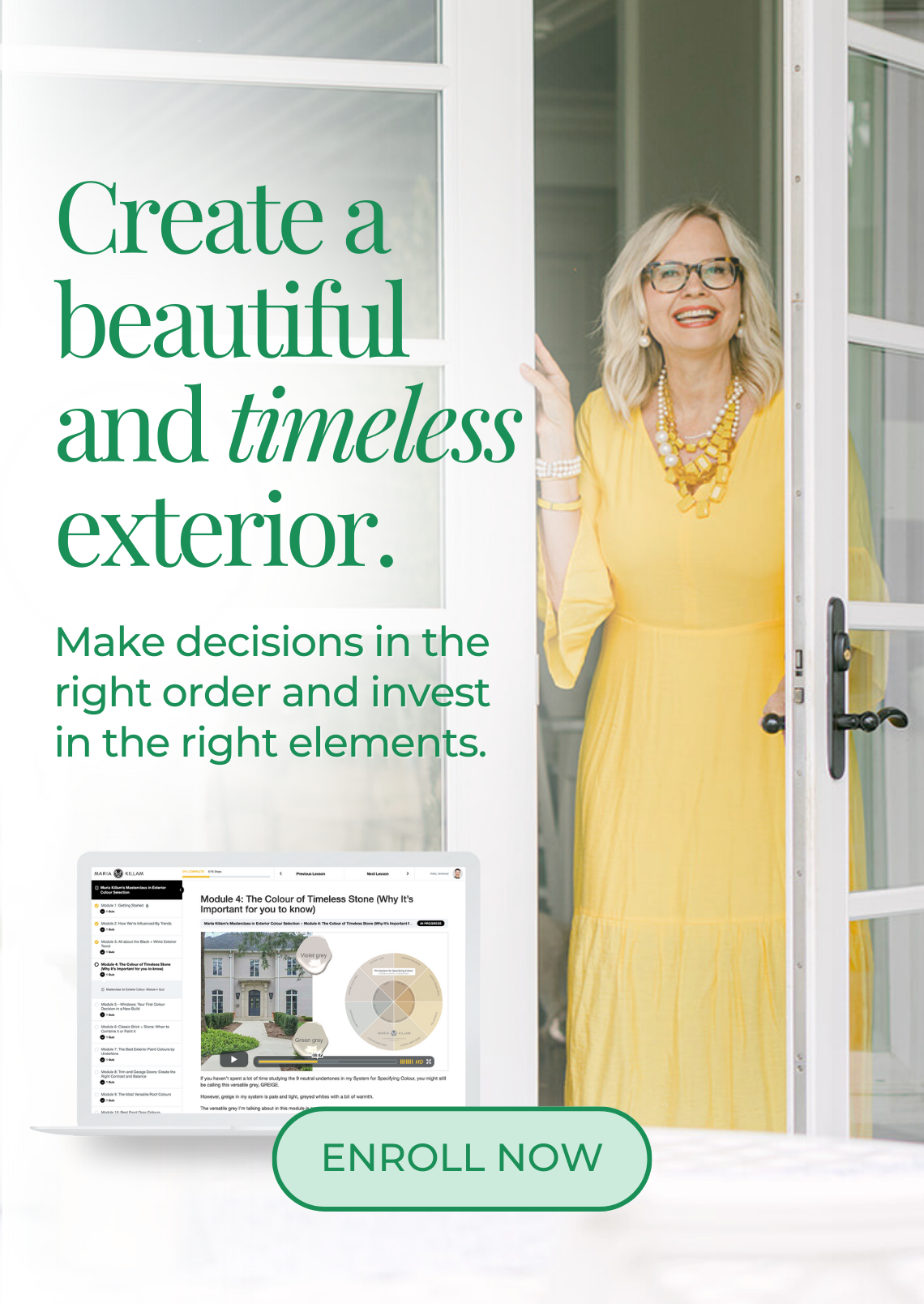

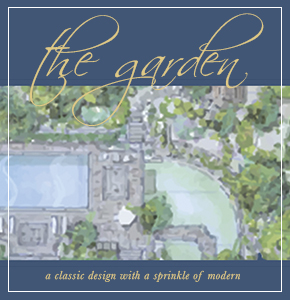



More great advice! As a home stager I almost always recommend updating lighting to make a home look more inviting. You can find low cost knockoffs of almost any lamp/lighting fixture.
How do you hide lamp
Cords when you have them on a open cabinet
I can’t stand cords
A handy person (or you) can use a hole saw with a bit just about the size of the lamp cord plug. Drill into a corner, where it won’t be conspicuous and feed te cord through to the back. You can find instructions all over the internet (and YouTube). I’ve done with a whole lot of furniture to allow powerstrips and lamps and even audio equipment cords to be out of sight. If you are careful, you can save the circle you drill out for replacement back in the future.
Cord cover? Here’s a tutorial: https://www.thriftydecorchick.com/2017/11/how-to-hide-lamp-cords.html
Use pieces of adhesive cord cover. Search “thrifty decor chick hide lamp cords” to find her posts on how to do it. (Sorry if this comment is a duplicate: I thought I had posted a reply, but I don’t see it.)
You can purchase rechargeable light bulbs to light the lamp, then roll up the cord to hide it behind the lamp or cut off the cord. Some rechargeable bulbs are oversized, so make sure the bulb will fit under the lampshade before cutting the cord! Some bulbs charge while you are using them in a lamp so you can get a set, one is recharging in when you use it in an electrified fixture and swap it out with the “dummy lamp” in your cabinet. People do this when they don’t want to hardwire wall sconces.
And this is why I installed the undermount lights in the kitchen with a dimmer switch. It’s so very pretty. They were a challenge to install just because of the position, but I did it myself (safely, turn off the fuses). I don’t have pendant lights yet because the electrician is backed up, but at least I have the undermount lights so that the only lights are not the can lights anymore. Even if I don’t turn it on much, I really like my chandelier for the style–it’s like jewelry for the room. There are some really gorgeous light fixtures for a lot of money, but I have found good styles for a reasonable price by shopping around. I’m also handy enough to install most light fixtures as long as the wiring is already there, so that helps manage the cost! It takes a home from basic to luxe really fast. And while we’re talking about updates, I feel the same about faucets.
9th PHOTO:
The dining area was well thought out. It was designed for a buffet without encroaching on the table and chairs.
Some dining areas require you to really crowd the table if you add a buffet while centering the table under the chandelier.
Our freestanding buffet is too short to add lamps and still put an good assortment of food on it. We ended up adding a wall mounted art lamp above the painting over the buffet and pointing that down to the buffet surface. It brightens that corner and lets our guests see the food and the painting better.
I bought a house in an hour at the end of March, bec the market was so competitive in HouTX. One week later, a family tragedy.
I had no idea what I’d actually bought til many days later.
It was NOT “move in ready” to say the least.
A couple of big ticket improvements and lots of little ones.
The layout requires floating the living room furniture.
I love lamps & dimmer switches.
(I look better in dim lighting!! 🙂
This house has small can lights everywhere..I can live w not using them.
But lamps for seating area ambiance?
Cut holes in my Bokhara rug to use the floor plugs?
This huge move is causing me to be on the edge of a nervous breakdown.
No advice,I am not an expert, but am sending you a hug. The small stuff will pass.
God Bless you in this challenging time.🥰
Take care of yourself, focus on the living things, in the big picture the house is a house❤️
I’m sorry for the difficult time you’re going through.
We have a floating living room situation too and we use a floor lamp on the bare floor at the edge of the rug and run the cord under the rug to the floor plug. It’s not the best solution but there’s a chair over the plug and most of the cord so it doesn’t get walked on.
We also are able to have two side tables against the wall on either side of the room and each have a lamp. Along with wall sconces it’s plenty of light.
I’ve seen lamps that are converted to battery power as well, so you could look into that if you wanted.
Just thought of something else 🙂
If you’re into the look of layering a rug over a seagrass or jute rug, then you cut a hole in that rug instead and place your side table over it.
I hope some of this helps you.
One of my favorite posts by you, Maria ❤️ I have a sideboard with 2 lamps on it and I don’t want to do sconces. Can I put another set of floor lamps on the sides of it? Chairs won’t fit and I’m a little stuck on how to fill the space.
Thanks Maria! Keep driving it home! I am a huge proponent of lamps and dimmers. My chandelier in my dining room is too pretty not to turn on. But, we keep it dimmed and then add to the light with sconces, lamps and candles. I find that a dimly lit chandelier adds an overall glow. Also, good quality under cabinet lighting makes a huge difference with kitchen ambiance. (Not the ugly strips from yesteryear) I rarely use our canned lights. And we also have sconces and a chandelier (all on dimmers) for the breakfast area. Keep up the create cause for lifting!! I’ve had to tell so many of my friends to get lamps and turn off those dang overhead lights! And to those with covered porches: please add lamps or string lights and battery candles! The overhead ceiling fan light is terrible for any ambiance in the evening. I continue to send my friends to your blog so they “get it”! 😁
Hi Maria, great post!
I am wondering if you could give some advice on the height, minimum and maximum, of floor lamps. My ceilings are 8.5’ thanks to the condo bulkhead all around the perimeter of my open living, dining and kitchen space. In the LR/DR I have wall to wall windows from ceiling to 20” above the floor. How do I determine the appropriate height for a floor lamp? I could stand to buy two and situate them about 9-10’ apart. To match or not to match?
Thank you to you and your readers for any advice. I read all of your posts and my home looks so much the better for it. ❤️
Maria,
Could you recommend an uplight for a living room corner where a tall plant resides? I have never bought uplight or really thought about one before, but the photo with the uplight looks good. It creates a warm corner! Is the light like a spotlight? Would like to create a lighted corner like that in my living room.
Maria recommends an uplight (with a link) in this post: https://mariakillam.com/5-lamps-everyone-should-have-in-their-home/
Janine,
I got my inexpensive uplight at a big orange box store for about $13–Hampton Bay
6-3/5 in. White Uplight Floor Lamp. I have seen them in black and white and you can adjust the angle of this uplight which is helpful. I’m sure there are lots of others. This is just one example.
My Problem isn’t the lamps it’s the sockets that are missing. I even got a cordless lamp but its crazy how long I will have to charge it for a short time it actually works (and then I have to move it back to an area with a socket to charge it etc).
It’s crazy simple to add a lamp but not so quick to have it powered…
I have always hated plain Edison bulbs as well. When I grew up all we had in our closets were bare bulbs with a pull chain, which I learned to associate with being poor. Well-to-do people had shaded lights, poor people had bare bulbs. When the modern bare bulb trend started some years ago I was NOT a fan at all. Seeing a glowing filament cannot be good for the eyes.
I think the matter of not enough electrical outlets is a valid one. Most homes not built in the last 20 years may only have a couple of outlets/room. This can lead to plug in overload in a kitchen with multiple appliances, etc. When I worked in a lab we had outlets every 3 feet along the benches. It was a good start.
Thank you! The third example is a layout very similar to mine – instead of the kitchen cabinets to the left, I have a wall shared with the kitchen that has a large opening, like a window, to see into the kitchen. The other side is open to the living room, with the back of a sofa acting as a wall. And instead of a picture window, sliding glass doors. I have room on the kitchen wall for a sconce! Unfortunately I don’t have enough room for a console to place against the back of the sofa. We have an Edison chandelier over the table, which I know you disapprove of, but we use the light constantly since it’s the only bright source of light for the living area. I need to work on getting enough lamps throughout the space that are EASY to turn on. I have lamps in the room but no one ever uses them because it’s just so convenient to turn on the chandelier (which is also bright enough for my children to do their homework and crafts).
I also feel like it’s usually inconvenient to turn on and off a bunch of lamps so I bought a pack of smart plugs that work with Google home (or whatever it’s called. It’s the digital picture frame thing), so I can tell Google to turn on whatever lamp or use an app on my phone.
That would be my solution, too! Just need to set the plan in motion. 🙂
I followed your advice and added a bunch of lamps to my living room, bedroom and study, and the difference is amazing! Suddenly they’re warm, cozy rooms that people want to be in. My husband groused at first, but quickly put them all onto our automated system because even he noticed the difference. The study had a bunch of work lights, but actual lamps still made a big difference.
My dining room, though still only has the chandelier, and it’s a huge room. I can easily add at least three lamps—time to get on it.
Well, there goes my sending in pictures to Maria of my brand-new kitchen because I have the bare Edison blubs with clear seeded glass light fixtures over my sink, island and table lol! I have 5000K daylight Edison LED blubs on dimmers because that’s what my research turned up when I did an online search for what is the best lighting for a kitchen last summer when we started our kitchen renovation.
I have to disagree with Maria because Edison bulb LED lights don’t hurt my eyes (on dimmers) and I’ve always been migraine prone, especially with fluorescent lighting. They also don’t cast shadows in my open concept space with high ceilings. However, when they are on full strength in the 5-light chandelier that hangs over my table, I feel like I’m in an interrogation room on the TV show Law and Order. Haha!
Here’s my problem with the bare Edison Bulbs: I have daylight 3000K and the rest of my lamps in the open floor plan are 2700K soft light and the 3000K has no depth and warmth that you need at night and feels lit up like a Christmas tree. Add that to the fact that the other lighting in the space isn’t the same, (which drives me bonkers) and feels more inviting, so I just ordered 3000K and 2700K soft white LED Edison Bulbs to see which one I like better in my space, and I’ll switch over to that. It’s all I can do. I was lured in by the beautiful clear seeded glass, bought them last May and didn’t install them until October so there is no returning them. Lucky for me they weren’t that expensive and in about 7 years I’m pretty sure I’ll get sick of them and search for smarter white shades and/or a drum light because it obviously does look better that way.
I have to agree with Maria that overhead lighting is not the best and agree with lamps so I bought 2 mini lamps for my kitchen countertops and will shut off my bare Edison bulbs when not preparing food or cleaning the kitchen.
I’m not Maria but I find clear seeded glass light fixtures lovely! I bet your kitchen is beautiful.
I hated my builder grade home lighting which both wasn’t bright enough where you needed it in there kitchen, and too bright ceiling fan lights elsewhere. I was always turning off lights and leaving Christmas lights up too long because I preferred the ambience. The kitchen had your 90s drop down soffit florescent light, but not where you needed light, a triple spotlight over the sink so you could see what you were doing (like track light), and the builder 5 light drooping chandelier over the kitchen nook but 18 inches from where it should have been centered. We had florescent undercounter lights that were harsh but nice to see what you were doing since the rest of the kitchen was do I’m.
Thanks to a previously unplanned remodel, we have new lighting, and now I love using my lights. Not a single lamp (yet) or sconce, which I’m waiting for one the family room furniture is figured out as it’s open to the kitchen.
Yes,we did can lights, which I know you hate, but the bulbs we have in them are completely adjustable in warmth, brightness, and color so I can adjust for kitchen prep or mood lighting. Both our kitchen pendants over the island and the kitchen table light are clear with Edison type bulbs. However the table is about 3000k on a dimmer (it’s only bright when playing a game on the table, usually closer to 25% brightness, creating a nice glow). The pendants are programmable, in warmth and brightness and we change as needed, but it’s also usually about 25% brightness. Then, we have a lot of upper cabinets and nice under counter lighting which functions a lot like lamps everywhere. Like the can lights, they are completely adjustable in warmth, brightness, and color. I love that I can make them change color, make them red and green at Christmas time, and everything reflects lovely off my white backsplash and countertops. I can even choose to turn on only one pendant or single can if I want.
The point is, with lighting so adjustable these days, cans and under counter lighting can actually be wonderful if you don’t have room for lamps, or just want the counter space free. If all of these lights were on full brightness it would be harsh and glaring and far too much. But because I can make it warm like 2,700k, anywhere up to full daylight of 5,000 k, to mimicking the colors of a sunset, with just the undercounter lighting and pendants turned on my kitchen and family room has this amazing ambiance that I love. This would not have been possible with the lighting available 10 years ago when it was more of an all or nothing type deal and not customizable outside of dimmers. Even the cans can now be used to enhance the mood, but are more commonly used when cooking or cleaning. The undercounter lighting never turns off, but is programmed to go into nightlight mode overnight, and turn brighter in the morning. It is great when you don’t want to fumble for a lamp but need to be in that area in the middle of night without blinding yourself.
I do agree that my bedrooms and my family room would greatly benefit from some lamps or sconces and once final furniture placement is chosen, and I fully intend to do that. We also have ceilings fans that must get replaced that have horrible lighting, but we’ve had to triage due to prioritizing since our remodel was forced by a burst pipe due to a winter storm and took most of the budget.
But my kitchen I feel no need for lamps thanks to the undercounter lighting performing that function.
Due to the walls either having cabinets, a door, windows, or open to the family room, there isn’t really anywhere to put any artwork or sideboard of any kind. My island countertop is essentially my “art” and showpiece for the kitchen for this reason.
I’m currently visiting family and they have replaced many old warm bulbs with LEDs, but have zero adjustability, just 100% brightness. I’m blinded by the table light now (it used to also be dimmable) and I find myself preferring to move around in the dark over turning them on…
We have dimmable LED kitchen ceiling lights (there are six) and it looks pretty good. The bulbs on full power are pleasantly warm and bright, but when dimmed the lights seem to go cooler/greyer. After some research I found there is a technical reason for this, and I also found that to overcome this problem they make LED bulbs that go warmer as there are dimmed, so they look more like a dimmed incandescent bulb. I plan to upgrade to these so called “dim to warm” bulbs at some point in time.
Hi. Would love everyone’s help. My 26 yr old daughter just purchased her first house last week. She will be taking possession at the end of May so we are making plans for move in. Her home is a townhouse with a flat roof, no attic and no electricity running in the second floor ceilings so there are no overhead light fixtures in any of the bedrooms. How can we provide general lighting in bedrooms? Are there any nice overhead lights that can be hung from the ceiling but plugged into a wall?
People should look into dim to warm bulbs and downlights. They start around 3000K when on full brightness, but as you dim them down they get warmer. So when you want dimmer ambiance you get that nice warm glow similar to incandescents. They also better simulate outdoor lighting which is warmer in the evenings. People that have them say they’ll never go back.
Also, think about placement when using “cans”. Not just in the middle of the room, but where you need to see. Over a dresser or countertop. Or if they aren’t needed for task lighting then light things not space. For example, don’t center them on the ceiling, center them on and wash the walls to highlight the wall or art. Nobody needs a light at a doorway where they are usually put. Or in the center of a room where they are never where you need them anyway.
I have recessed lights over my kitchen table and no budget for redoing the ceiling to install a prettier fixture. There are no walls as it’s just an area in between the kitchen and family room so no place to put a buffet or even a floor lamp. All I can do is lay a tablecloth and a nice centerpiece and distract the eye! The joy is in the styling, right?
Thank you to those who have explained/mentioned dim to warm bulbs.
For the love of god, please learn how to punctuate your sentences. This post is riddled with sentence fragments and other grammar errors. In particular, please learn when and how to use commas.
Your should also review the rules for when to use apostrophes.
“You”. Not “your”.
It is embarrassing to have a typo when you are pointing out grammar errors. 🙂